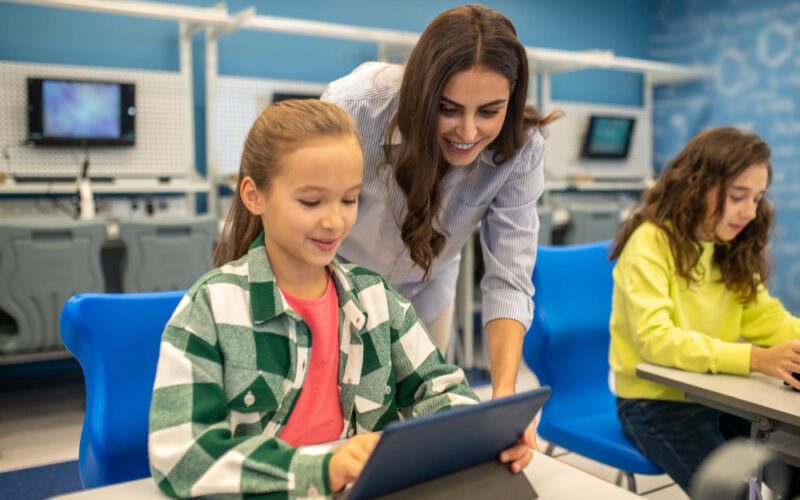In today’s tech-forward classrooms, GPT-based AI tutors are rapidly emerging as transformative tools. Rather than existing as futuristic concepts, these intelligent assistants are actively reshaping how students engage with content and how educators manage instruction. With the rise of platforms like ChatGPT, schools now have access to innovative ways to deliver tailored support, boost student participation, and reduce teachers’ administrative burden.
The Rise of AI in Education
The shift began when educators started leveraging AI for tasks that previously consumed hours. For instance, one middle school teacher asked ChatGPT to create a soccer-themed geometry lesson. Remarkably, within minutes, it generated a detailed five-page plan — something that normally would have taken an entire evening. Unsurprisingly, the teacher called it “a game changer.”
According to a Gallup poll, around 60% of U.S. teachers have used AI tools to automate quiz creation, lesson planning, or grading. However, broader implementation remains slow. In fact, a 2024 EdWeek survey reported that only 18% of K–12 teachers use AI regularly in their classrooms.
A Closer Look at Khanmigo
One of the most promising examples of GPT-based AI tutors is Khan Academy’s Khanmigo, which is built on GPT-4. Currently in pilot programs across over 250 U.S. districts, it offers real-time tutoring through Socratic questioning rather than direct answers. As a result, students are encouraged to think critically, not just passively consume information.
Teachers, meanwhile, have praised Khanmigo for its time-saving capabilities. For example, it can generate multi-day lesson plans in minutes — freeing up time for direct instruction and student mentoring.
What Students and Teachers Are Saying
Feedback from early adopters has been overwhelmingly positive. Students describe GPT-based AI tutors as “always available” and “never judgmental.” At Michigan State University, some even refer to ChatGPT as a “study buddy” they turn to for late-night help. In contrast to traditional tutoring, AI provides instant responses and infinite patience.
Teachers also report increased student engagement. Because the AI adapts to individual needs, students feel more confident and supported — particularly those who might hesitate to ask questions in front of peers.
Why Schools Are Turning to GPT-Based AI Tutors
The potential of GPT-based AI tutors extends well beyond content generation. Among the key advantages are:
- Personalized learning: Each student receives help based on their own pace and understanding.
- Immediate feedback: AI responds in real-time, keeping students on track.
- Creative lesson support: Teachers can quickly create themed or contextual materials.
- Scalable tutoring: Even large classes can benefit from individualized assistance.
As a case in point, Newark Public Schools implemented a pilot with Khanmigo to address learning loss in math and reading. So far, student outcomes have improved, especially in underperforming groups.
Responsible Use of AI Tutors in Education
Despite the many benefits, experts warn that AI should complement—not replace—human educators. Many school systems are already developing guidelines to ensure this balance. For example, some states require teacher oversight for any AI-generated content used in the classroom.
Moreover, teachers must verify accuracy and adjust materials to match their students’ needs. When used responsibly, AI supports teachers’ judgment rather than undermining it.
The Future Potential of GPT-Based AI Tutors
Looking to the future, GPT-based AI tutors may unlock even more opportunities. We can expect improvements like multilingual tutoring, real-time feedback loops, and smarter lesson personalization. In addition, as tools become more intuitive, they may become essential in helping underserved communities access quality education.
Ultimately, when used thoughtfully, these AI-powered assistants won’t just modernize classrooms — they’ll empower teachers and engage students in ways that were previously unimaginable.









